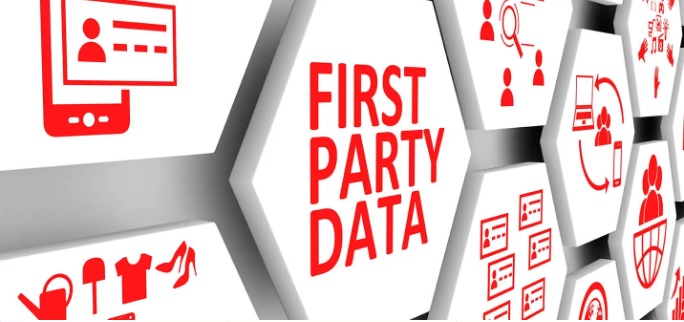It has come to light that Google’s policy regarding the support of third-party cookies is slated for discontinuation by the first quarter of 2024.
This long-standing decision will likely have significant implications for golf clubs and resorts that rely on third-party cookies for data collection and analysis.
We utilize 3rd party cookies most frequently for our online advertising campaigns. By tracking a user’s browsing history and activities, we can deliver personalized ads for our services (e.g., membership offers, holiday packages, events, etc.).

Techcrunch says
“Google’s Privacy Sandbox aims to replace third-party cookies with a more privacy-conscious approach, allowing users to manage their interests and grouping them into cohorts based on similar browsing patterns.”
Thus, first-party data will quickly become a data source – in our case – golf clubs will have to rely more on it to improve customer relationships and connections. It will foster new customer relationships and nurture existing ones.
Have you got marketing strategies to leverage first-party data better?
A recent Deloitte study found that those marketers who invested in customized, data-driven experiences based on first-party data saw improved performance:
- 27% – increase in conversion rate,
- 23% – increase in customer satisfaction,
- 20% – increase in spend per customer,

To succeed in the first-party data world, you must embrace these 3 key principles for building a customer-first foundation:
- Have proper permissions for customer data collection and sharing: This way, you will be able to build trust and confidence with your golf club customers and ensure they can control how their personal information is being collected and/or shared.
- Build a centralized infrastructure that can support a privacy-first world: This solution should allow you to centralize tracking, connecting, and reconciling permissions records.
- Make it simple to update preferences and opt out!
Building a first-party data strategy – my tips
You should focus on 3 main areas when you try to develop your first-party data strategy:
- Ad targeting: Experiment with data-driven audience segments. We should find new ways to build audiences by leveraging first-party data. For instance, remove irrelevant users from targeting by using customer data platforms and data management platforms. Use tailored messages and ads based on behaviors and past purchases.
- First-party data is crucial for crafting exceptional personalized customer experiences and ad experiences.
- Measurement and optimization: Measurement strategies should adapt to maintain holistic media attribution and accurate visibility into performance across emerging channels and platforms.
+1 Tip: The most crucial step is tagging. This is the stable foundation for a successful measurement strategy. Tagging helps you understand how your sites and campaigns perform, measure conversions, and collect first-party data responsibly.
A solid tagging base is essential for having the information you need to make strategic decisions. This is the best way to measure conversions and the best basis for optimizing the value of your marketing investments.
